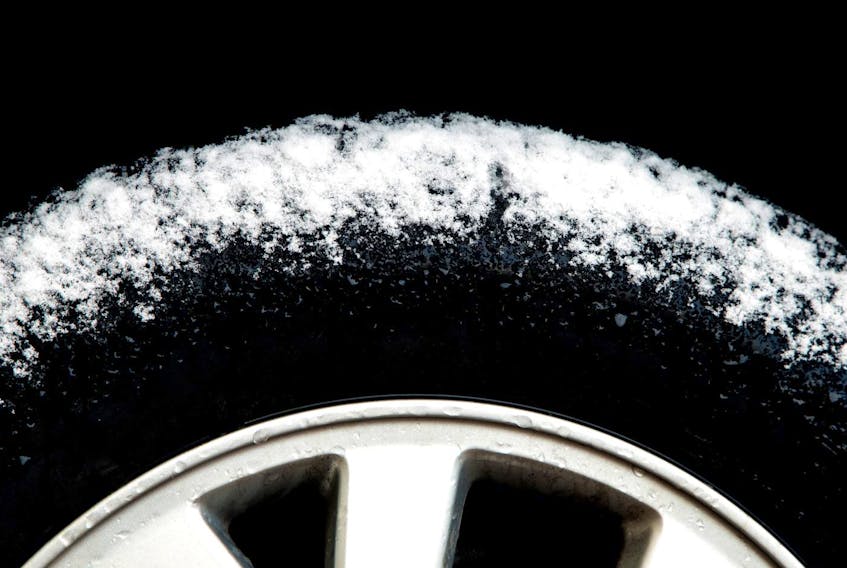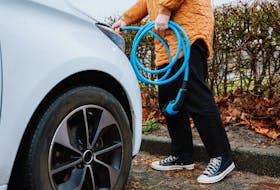With Canada pretty much fully immersed in the frigid depths of another winter, soon (if not already) your vehicle will be pushed to the limit and expected to start, perform and function flawlessly, even in extreme cold.
Don’t fret, the engineers designed your vehicle for this sort of thing, but inevitably, extreme cold has a way of aggravating poorly-maintained parts and causing untimely problems that are most likely to manifest while you’ve got the family on board and you’re heading somewhere important at 20 below.
Below, we’ll look at a few simple but important ways to take care of your vehicle so that it takes care of you this winter.
Most of these relate closely to the all-important aspect of making sure your vehicle start whenever you need it to, even in extreme cold.
BATTERY AND CHARGING SYSTEM CHECK
We’ve all heard the age-old adage that they “don’t make them like they used to,” and I’m seeing more and more reports every week which indicate that this applies to the batteries installed by the factory in modern cars.
In numerous online owner forums across a multitude of makes and models, folks seem to be wondering what the average lifespan of a new-vehicle battery is and in a multitude of cases, it seems like failure of the factory battery at three or four years old is becoming commonplace.
This makes me long for my old Nissan 240SX which I bought with a used Interstate battery and drove for seven years, all year round, without trouble.
Anyhow, now’s the time to check the battery in your ride to ensure it’ll last the winter without issue.
Don’t underestimate the effect the extreme cold can have on the battery in your car or truck and replace it at the first sign of trouble.
Consider having a battery and charging system test performed when you’re in for a pre-winter oil change and recycle the old battery, replacing it with a new one, if it doesn’t pass the (often-free) test with flying colours.
A BOOSTER PACK
Sometimes accidents happen. Maybe you leave your dome light on or forget to switch off your taillamps.
Or maybe you accidentally leave the car while something is jammed into one of the power seat adjustment switches (yes, there is a back story here).
Once upon a time, your total clutz of a writer was hurriedly exiting a car and unknowingly dropped a gym shoe he was carrying between the door and the seat, just as the door was swinging closed.
The door slammed shut, jamming the edge of the shoe into the power seat adjuster switch on the side of the seat.
This meant a small electric motor was running and straining in perpetuity and this ultimately killed the battery in a brand new BMW in about an hour.
The point? Humans are clumsy and sometimes we do stupid things that make our car batteries die.
This is a great reason to keep a booster pack charged up and in the vehicle at all times; these are highly portable, relatively cheap (compared to calling a tow-truck) and can typically jump start a dead car multiple times with no donor car or jumper cables required.
Keep your booster pack plugged in and charging indoors (and out of the cold) and bring it with you when you leave.
This is literally the best thing you can have with you in case of a dead battery (it can even recharge your Smartphone), but just make sure not to store it in your car as the cold can drain the internal battery.
SYNTHETIC OIL
Many modern cars require synthetic oil at every oil change to enable longer oil change intervals and help your vehicle achieve the fuel mileage it was designed for. In some other vehicles, synthetic oil may amount to overkill.
You’re typically best to fill your engine with the specific type and grade of oil outlined in the owner’s manual but, even if you drive an old beater, you might want to consider switching to synthetic oil, even if just for the winter months.
The synthetic versus conventional oil debate will rage forever, though there’s one simple fact to bear in mind — synthetic oil is more fluid at extremely low temperatures, which makes it easier for your engine to turn over and crank when its 30 below.
Even in vehicles that don’t require it, using pricier synthetic oil may pay off when it’s time to fire up your car or truck, mid cold-snap.
“We’ve got plenty of customers asking this time of year, what they can do to help make sure their vehicle starts in the cold. Actually, a lot of our customers don’t have access to an outlet to plug their vehicle in, or don’t have a block heater at all,” says mechanic John Kennard.
“I always say that the best thing you can do for your car in the cold, if you can’t plug it in, is to have a healthy newer battery and an engine full of synthetic oil —in that order.”
MIND YOUR FUEL GAUGE
For numerous reasons, keeping your gas gauge as far away from the “empty” marker as possible is a great idea in winter.
This may, for instance, help prevent moisture in the fuel system from freezing up and preventing gas from flowing to the engine, as well as other problems.
Consider the age of your vehicle, how you drive it and where you drive it and remember that using some gas-line antifreeze, keeping your fuel tank as full as possible at all times and refuelling exclusively with high-quality fuel from a reputable retailer is a good idea, especially when the mercury plummets.









